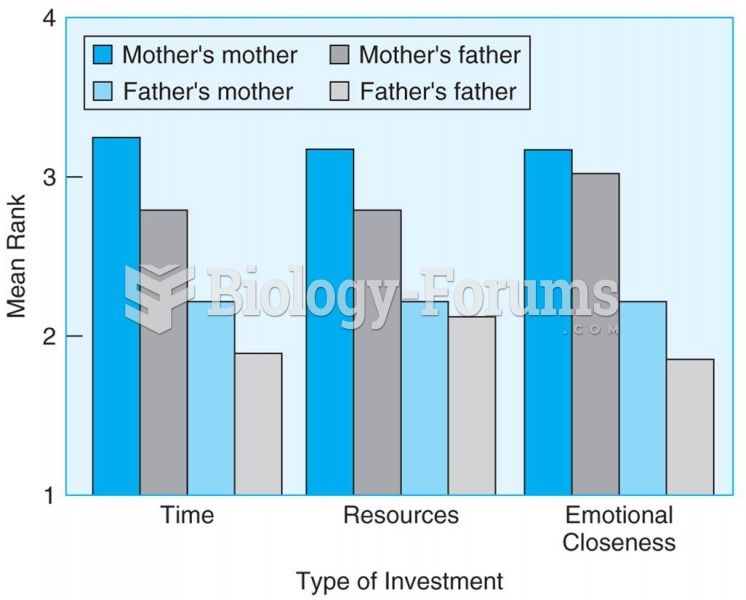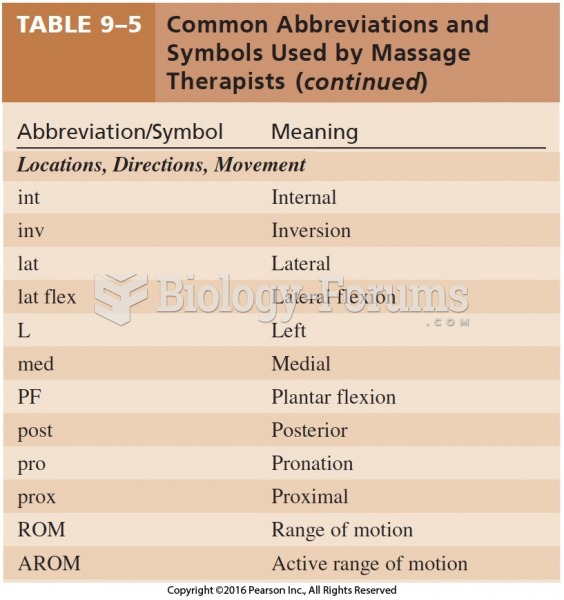Answer to Question 1
Conduct disorder, depression and separation anxiety are serious childhood conditions that can impair social and emotional functioning. Children with conduct disorders break rules and violate the rights of others. These children may also engage in truancy and cruelty to animals. Conduct disorder shows a great deal of stability across time. Children with this disorder are more likely to develop substance abuse problems and to display antisocial behavior as adults. Treatment of conduct disorder has largely been unsuccessful, but new cognitive-behavioral techniques are showing some promise. Childhood depression affects an estimated 5 to 9 percent of children in any given year. Situational stressors, such as family problems, appear to contribute dramatically to depression in middle childhood. The most common anxiety disorder of middle childhood is separation anxiety disorder. The typical manifestation of this disorder is school phobia. Although some incidents of school phobia are related to problems at school or difficulty with classmates, more often than not these incidents have to do with stressful life changes.
Answer to Question 2
In a simple sense, there are three main parts to a neuron. The dendrites are branch-like fibers that are considered to be the receivers for the neuron. They will gather messages from other neurons and send that information to the cell body for processing. If a threshold is reached in the cell body, it will send that message down the axon for potential transfer to another neuron. The cell body is like the processing unit and the axon guides where the output goes. The axon contains neurotransmitters (chemical messengers) that may be deposited into the gap between neurons. The messengers may be received by dendrites of connecting neurons and the process continues. Another important structure is myelin. This is a fatty substance that wraps around neurons, insulating them and increasing the efficiency of the communication of messages.







